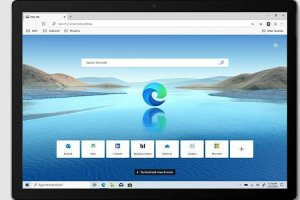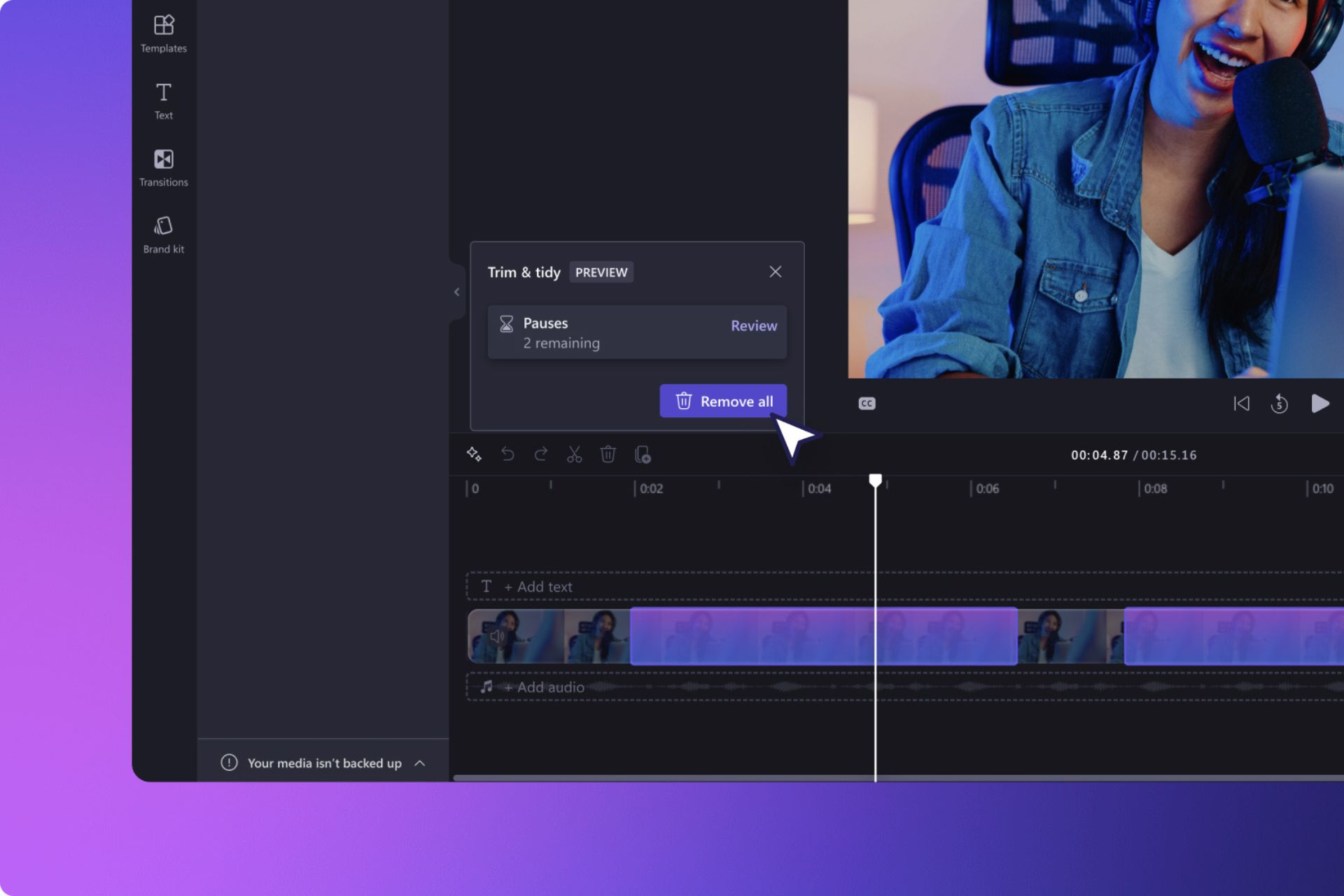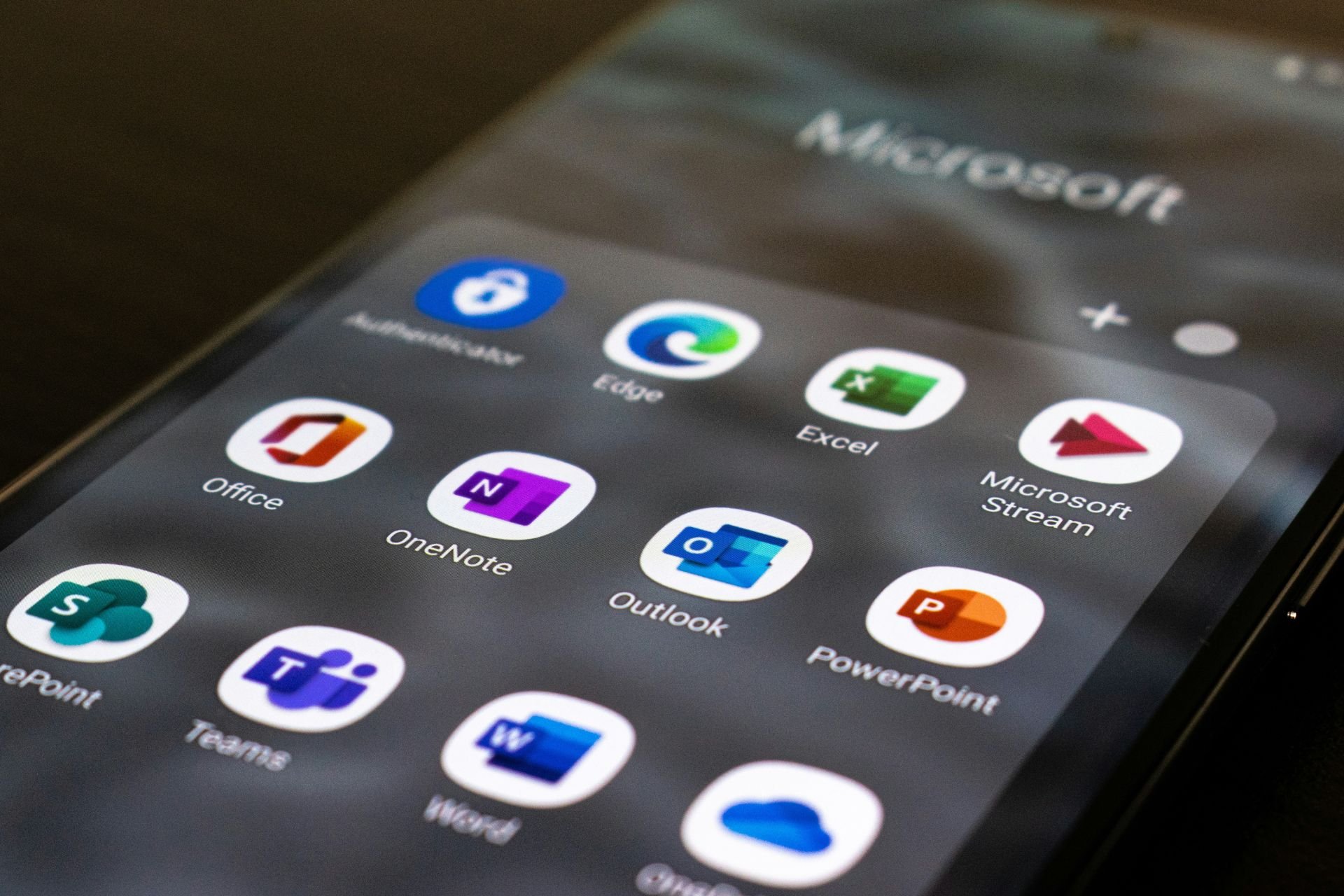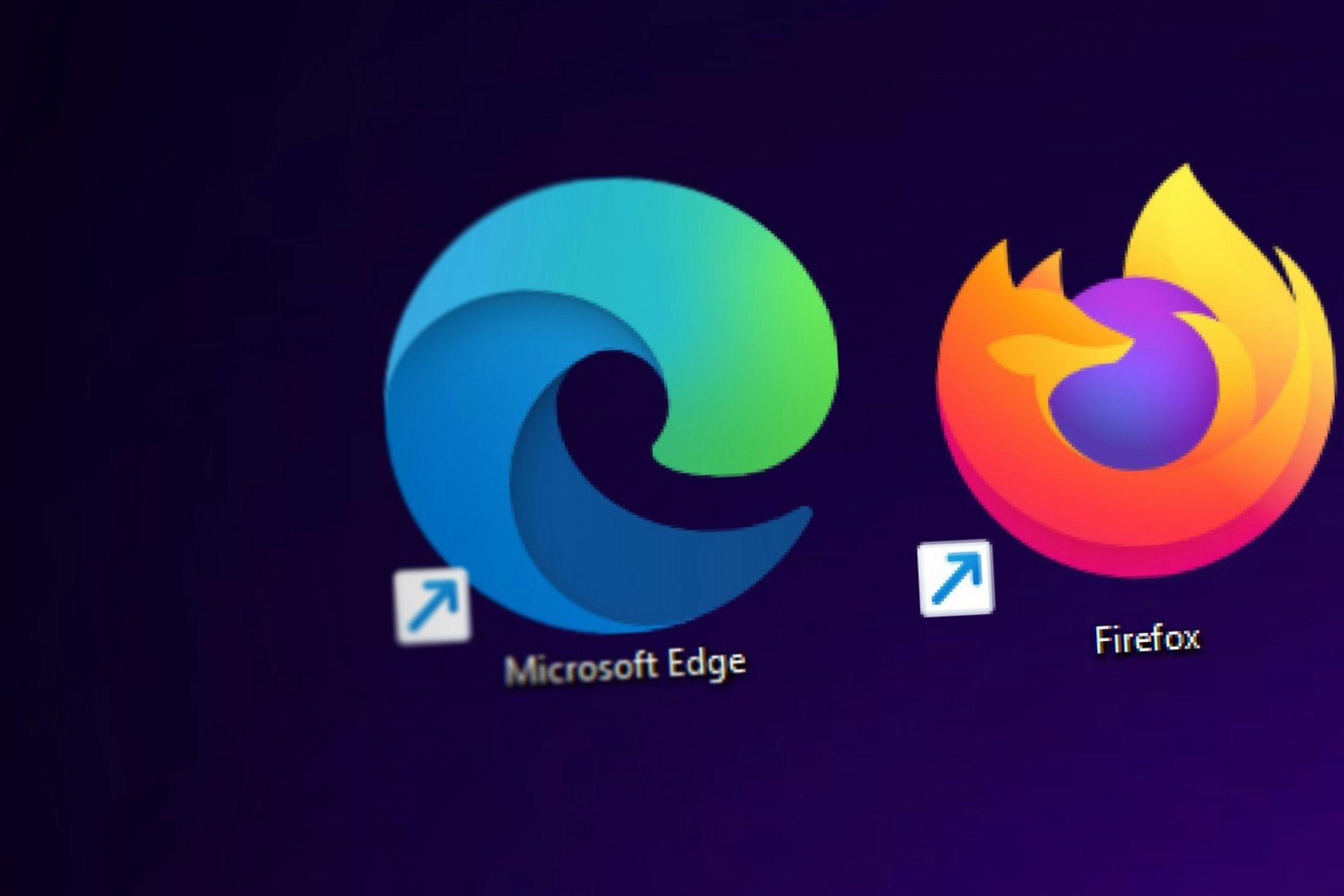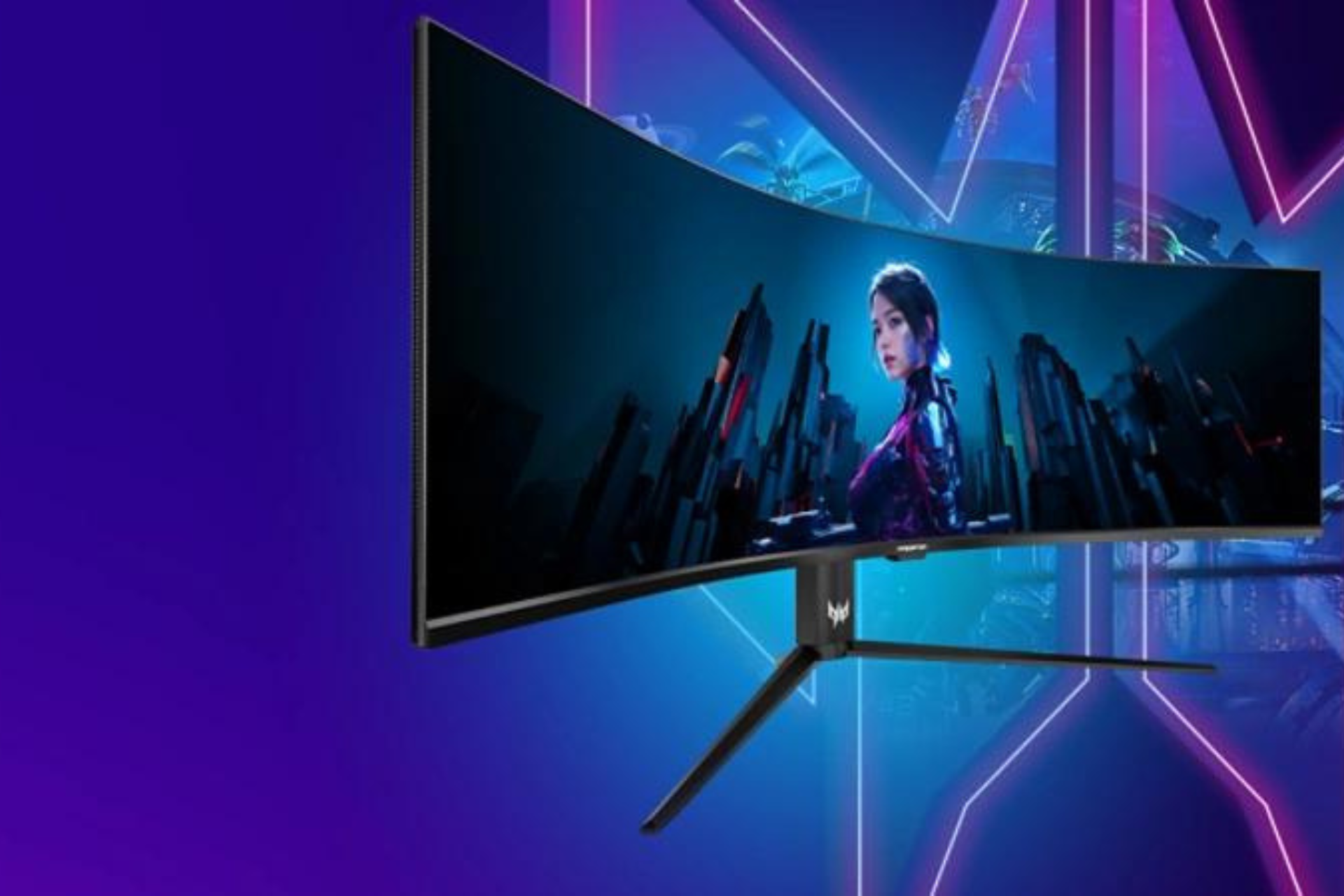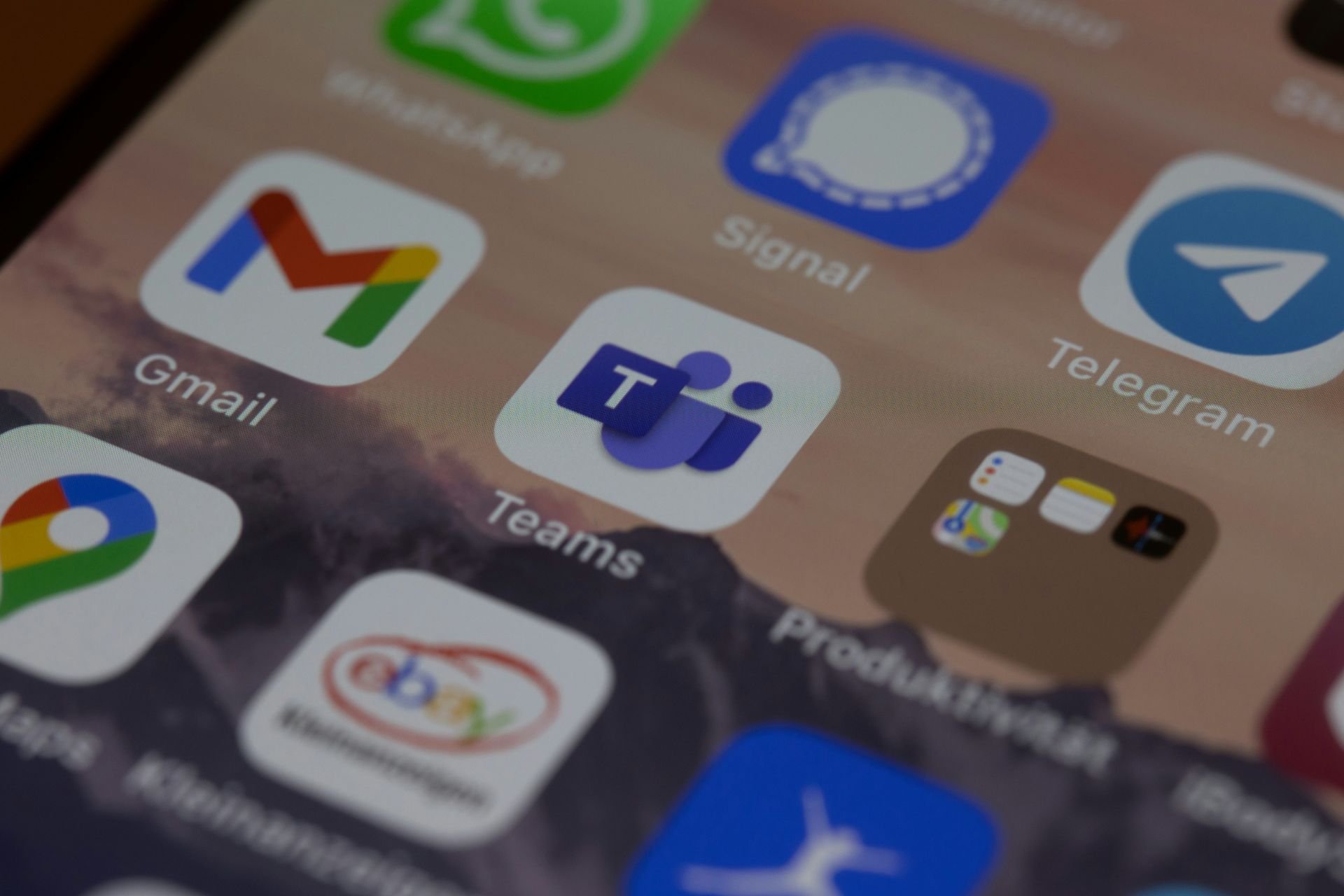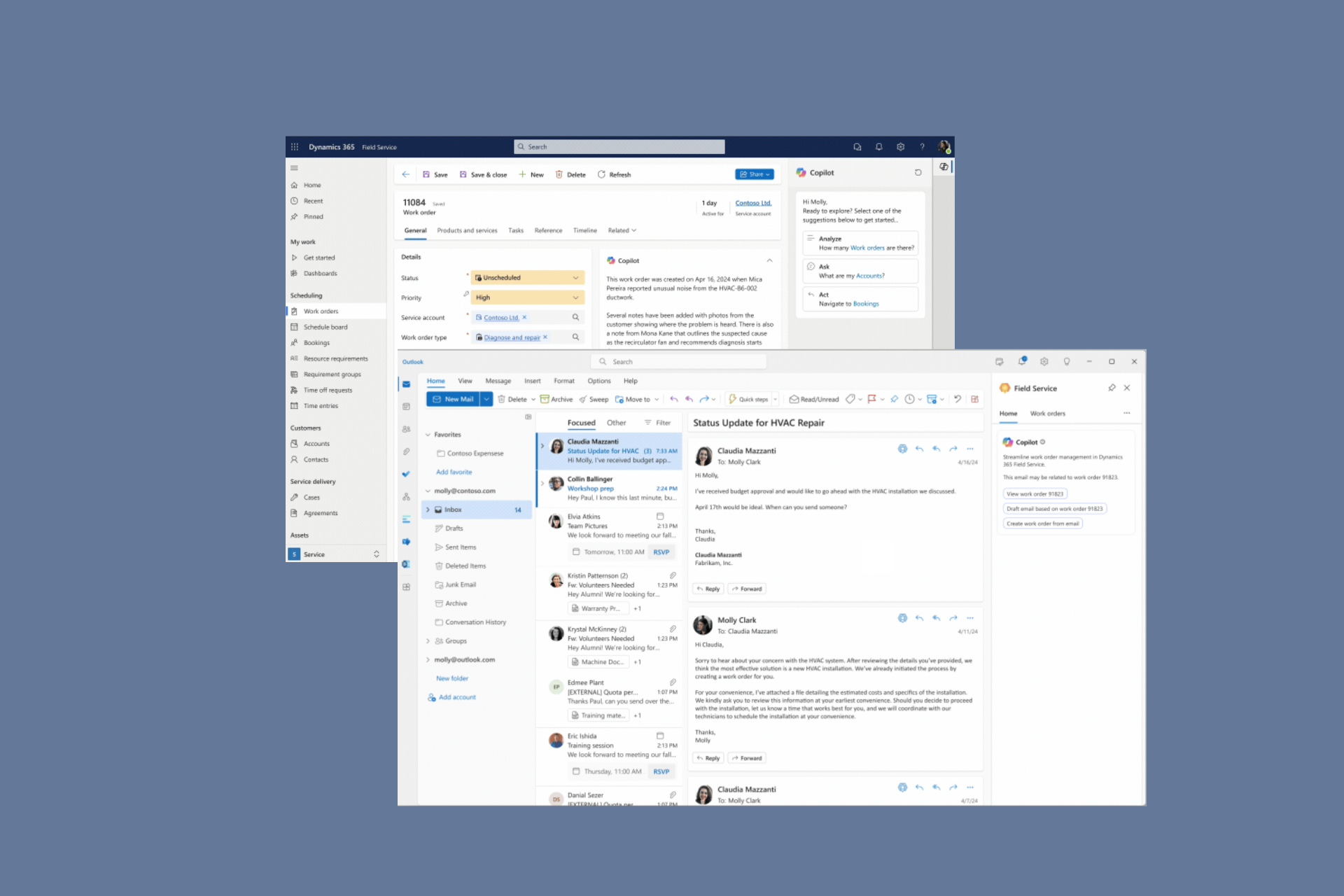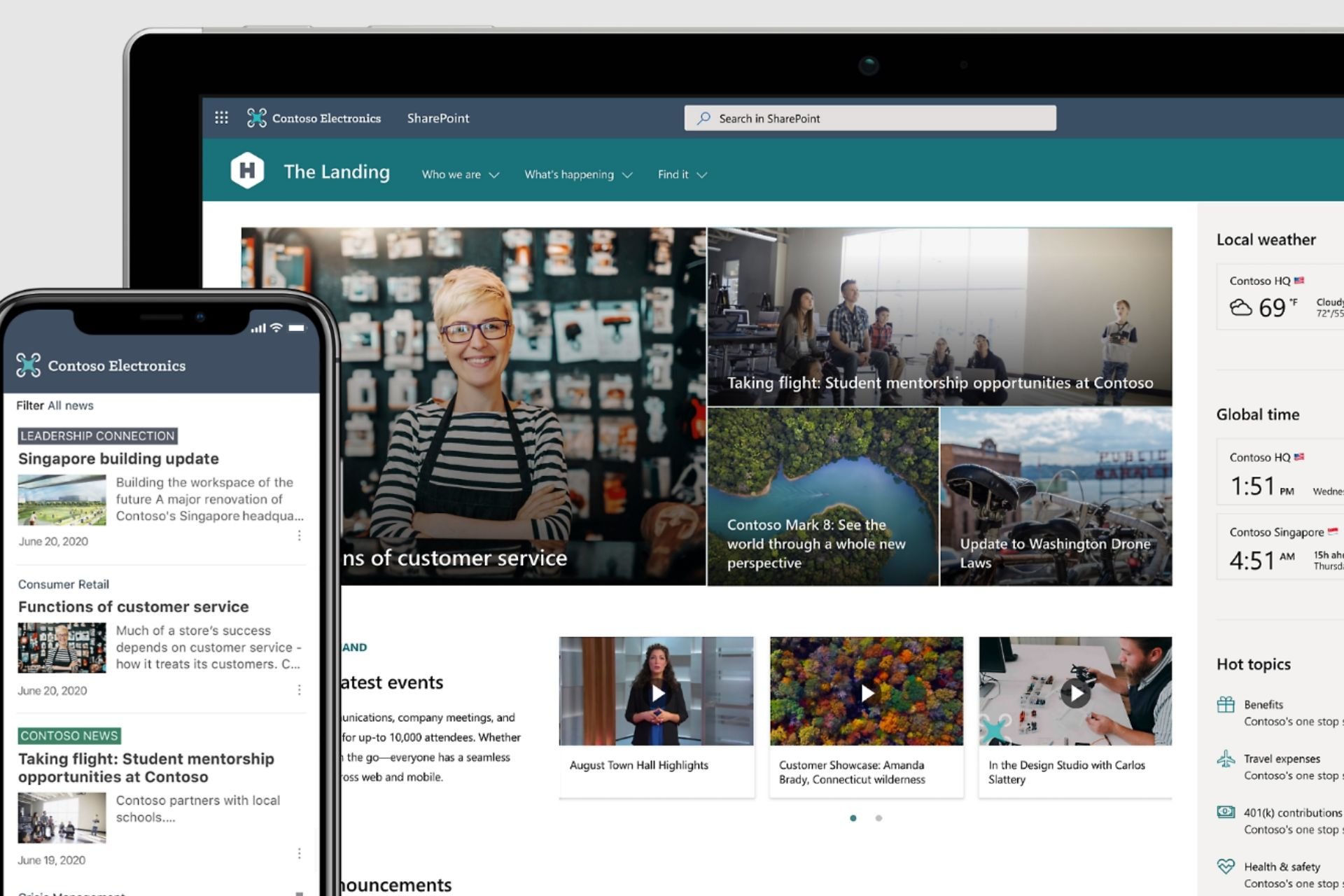Surface Book 3 vs Surface Book 2: Which is better?
3 min. read
Updated on
Read our disclosure page to find out how can you help Windows Report sustain the editorial team Read more
Key notes
- Surface Book 3 starts at $1599.
- The device has better graphics, storage, and processor specs than Surface Book 2.
- Check out our Laptop guides and reviews for insights that could shape your purchase decisions.
- Don't forget to visit our Microsoft Surface for the latest updates on your favorite PCs.
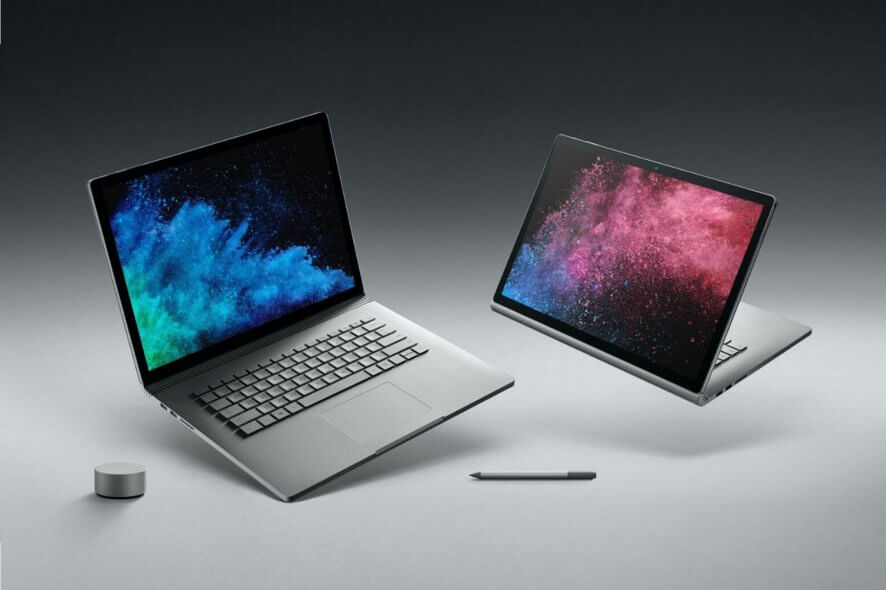
Is Surface Book 3, which starts at $1599, the most powerful laptop from Microsoft so far?
The company thinks so, and it talks it up as a machine for professionals that demand higher computing power.
The device, which replaces Surface Book 2, boasts appreciable graphic capabilities too.
But is it a worthy successor to Surface Book 2?
Surface Book 3 Specs
There are several variants of the device, all of which have 10th Generation Intel Core processors.
According to Microsoft, the processing capabilities of the device should give you 50% more computing power than possible with Surface Book 2.
As for GPU, you have two options: NVIDIA GeForce GTX or Quadro RTX. The discrete built of NVDIA GPUs is of great interest to gamers.
It provides maximum video memory, which supercharges demanding gaming applications.
The laptop comes with superior RAM specs too. You can expand its memory up to 32GB, which would be ideal for RAM-hungry applications, including gaming, coding, and computer-aided design (CAD).
You have the choice of a 13.5” or 15” touchscreen for your Surface Book 3. The device boasts versatile connectivity options too, including a full-size SD card reader.
Its USB-C and USB-A ports are a much faster standard for data transfer, compared to USB 3.0.
The Surface Book 3 vs Surface Book 2: A comparison
It is understandable why one might be under the impression that Surface Book 3 and Surface Book 2 are one and the same thing.
Externally, they look the same because Microsoft has not altered the size of the device as well as screen dimensions.
But when you dig deeper into internal specs, you start seeing some hardware differences that can impact performance.
Starting with what is common between the two devices—both come in two screen size options, 13” and 15.”
Both variants have PixelSense Display tech, and the resolution for each screen size is the same. So, if size is an issue to you, you are not getting anything better with the Surface Book 3.
Small differences emerge when you start looking at things like battery life. According to Microsoft, Surface Book 3 can operate for 17.5 hours without running out of battery juice.
That is a meager 30-min longer than its predecessor’s battery life.
Surface Book 3 has a processor update too. It comes with either Quad-core 10th Gen Intel Core i5-1035G7 or Quad-core 10th Gen Intel Core i7-1065G7 processor.
Its predecessor had several variations of 8th gen Core i7 processors.
The latest Surface Book from Microsoft supports up to 32GB of RAM. Surface Book 2 RAM can only expand up to 16GB.
These improvements make for a faster and more streamlined PC performance. Storage-wise, Surface Book 3 supports up to 2TB, while its predecessor has a maximum of 1TB capacity.
The upgrade in solid-state drive options is certainly welcome among commercial users.
Microsoft has upgraded graphics capabilities for the new Surface Book too.
The older model has Intel UHD Graphics 620 and NVIDIA GeForce GTX 1060 options for GPU, while the latest comes with Intel Iris Plus and GeForce GTX 1660 Ti (Max-Q design).
There is also a third option with a NVIDIA Quadro RTX™ 3000 GPU, though.
| Specs | Surface Book 3 15" | Surface Book 2 15" |
|---|---|---|
| Processor | Quad-core 10th Gen Intel® Core™ i7-1065G7 Processor | 8th Gen Intel Core i7-8650U Max Turbo |
| RAM | 16GB or 32GB 3733Mhz LPDDR4x | Surface Book 2 15” 16GB RAM 1866Mhz LPDDR3 |
| Storage | Up to 2TB | Up to 1TB |
| Display | PixelSense™ Display Resolution: 3240 x 2160, (260 PPI) 10 point multi-touch G5 | PixelSense™ Display Resolution: 3240 x 2160, (260 PPI) 10 point multi-touch G5 |
| Graphics | Nvidia GeForce 1660 Ti Max-Q or Nvidia Quadro RTX 3000 Max-Q | Intel UHD Graphics 620 NVIDIA GeForce GTX 1060 |
Surface Book 3 is an improvement, but not a game changer
Surface Book 3 has obvious hardware improvements. However, these do not appear to be significant enough to render its predecessor obsolete.
If you can still design your projects, develop software, and play GPU-intensive games on Surface Book 2, then pricing may be the only important difference here.
Feel free to leave any questions or feedback in the comments section below.
[wl_navigator]

